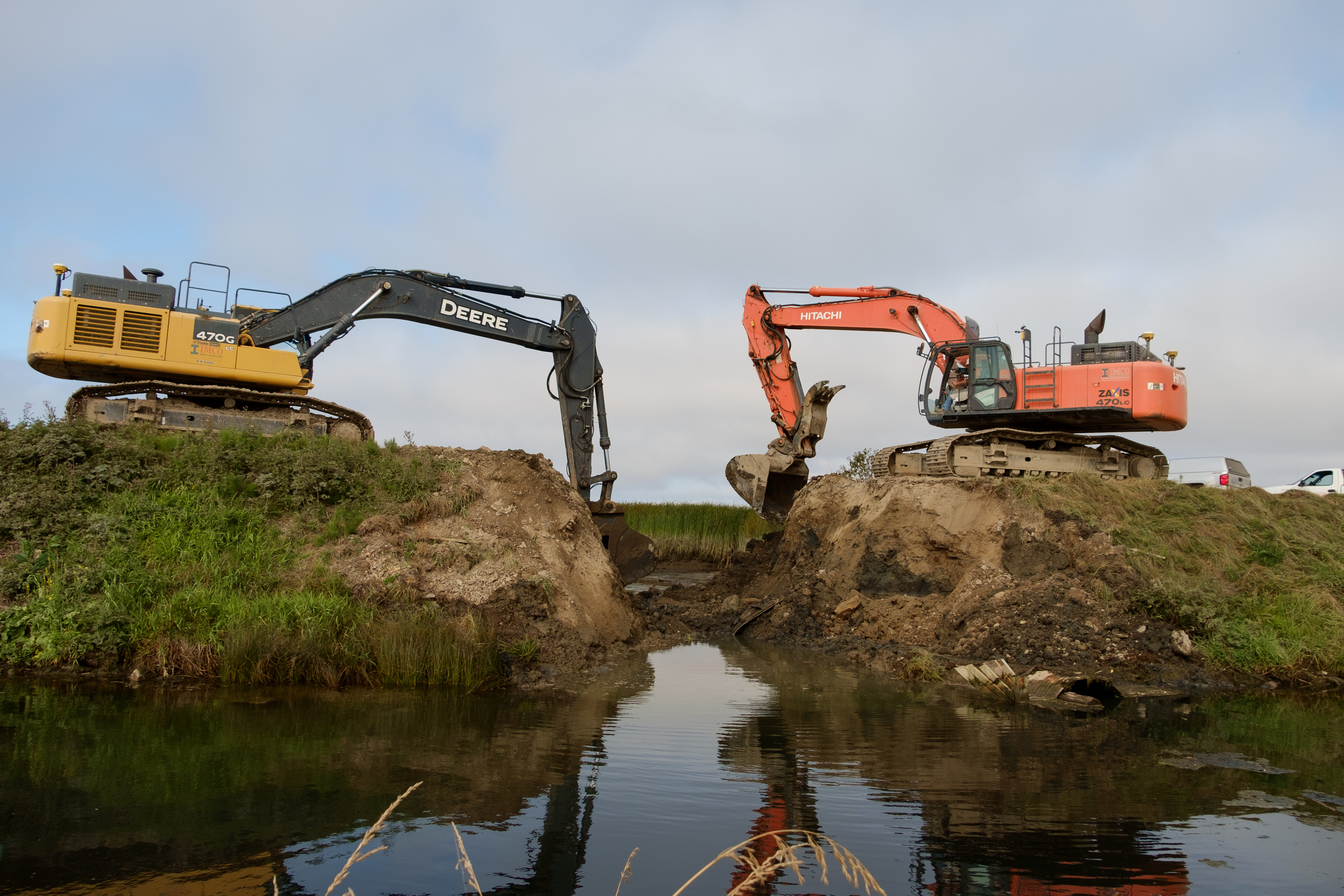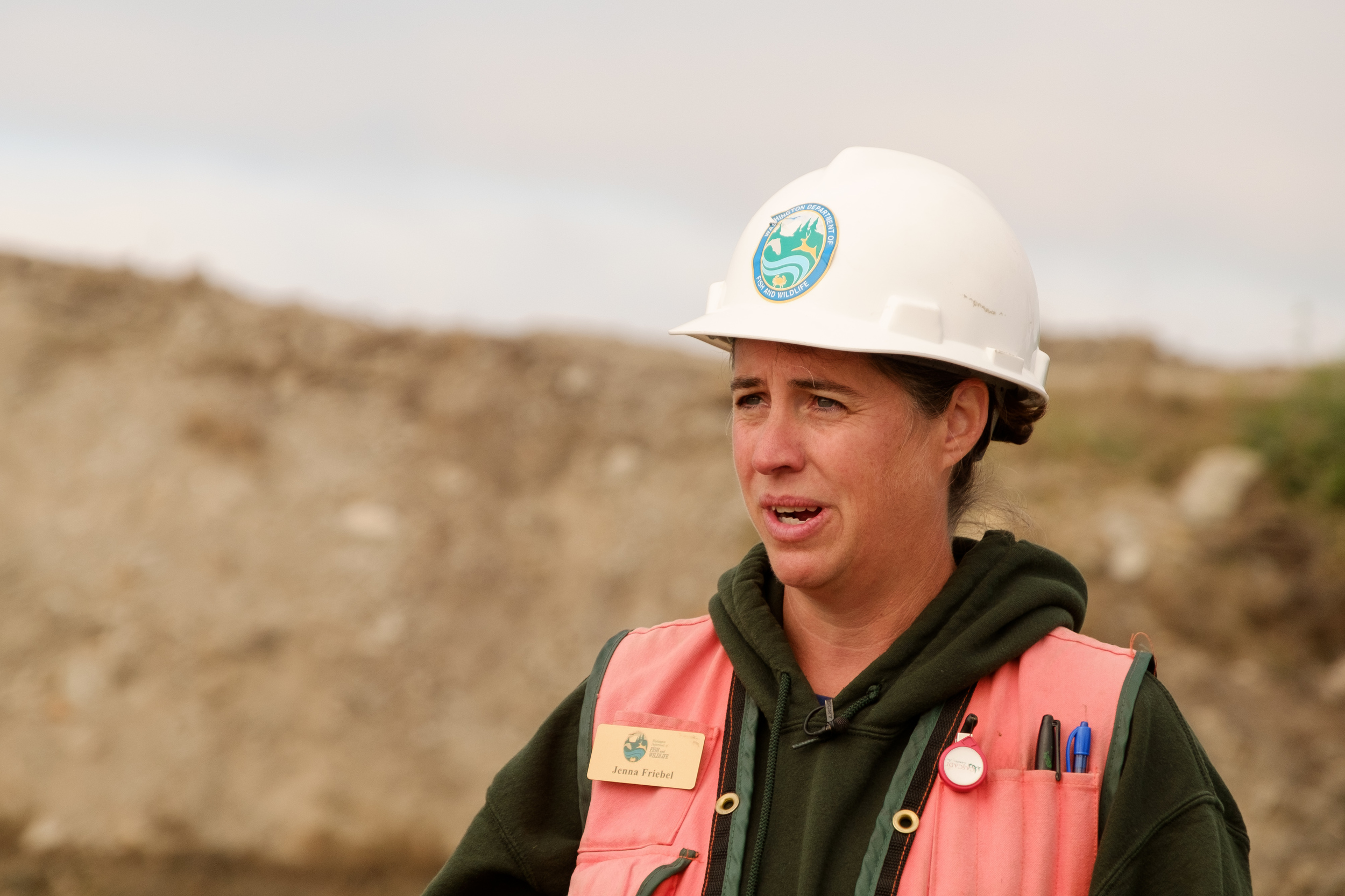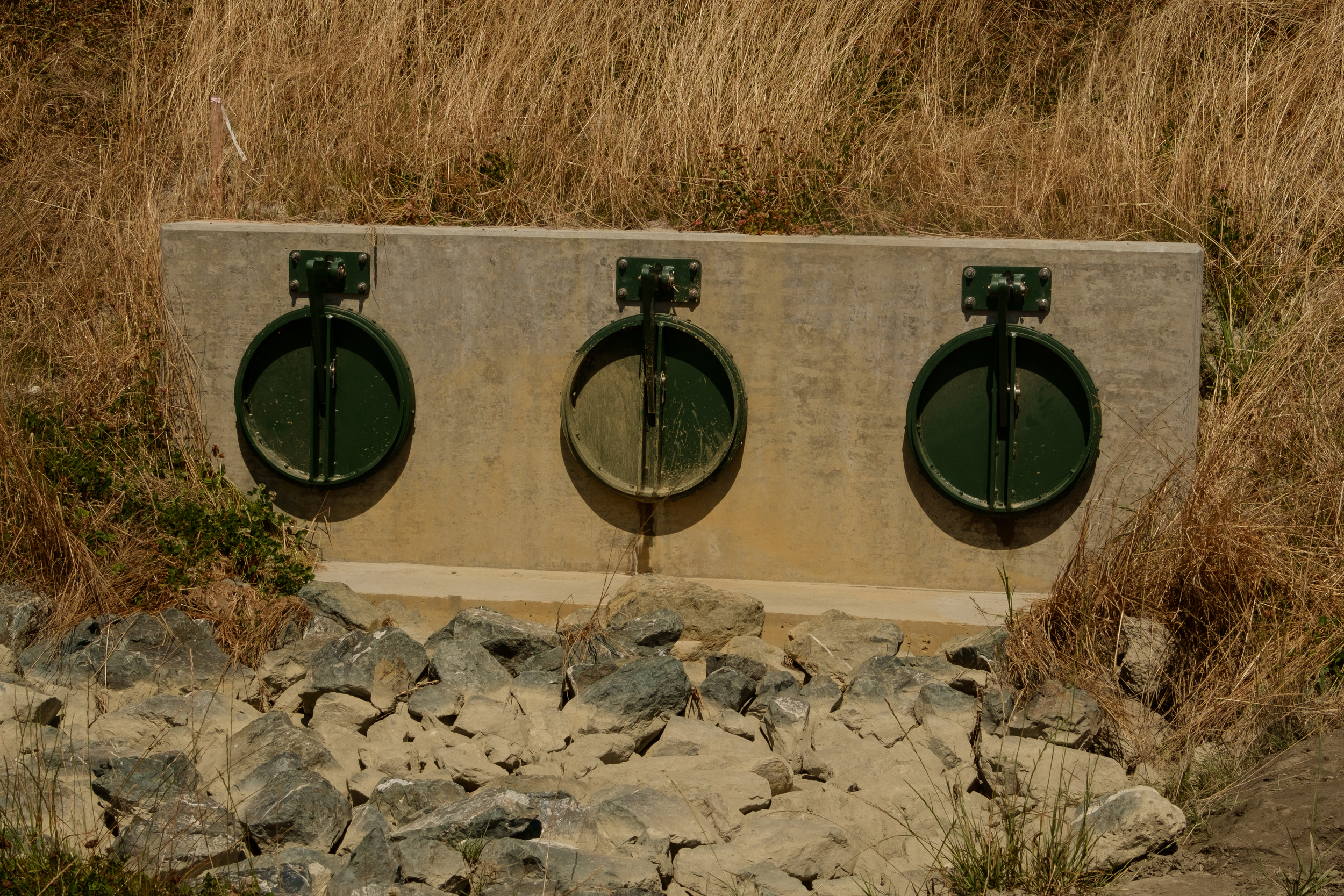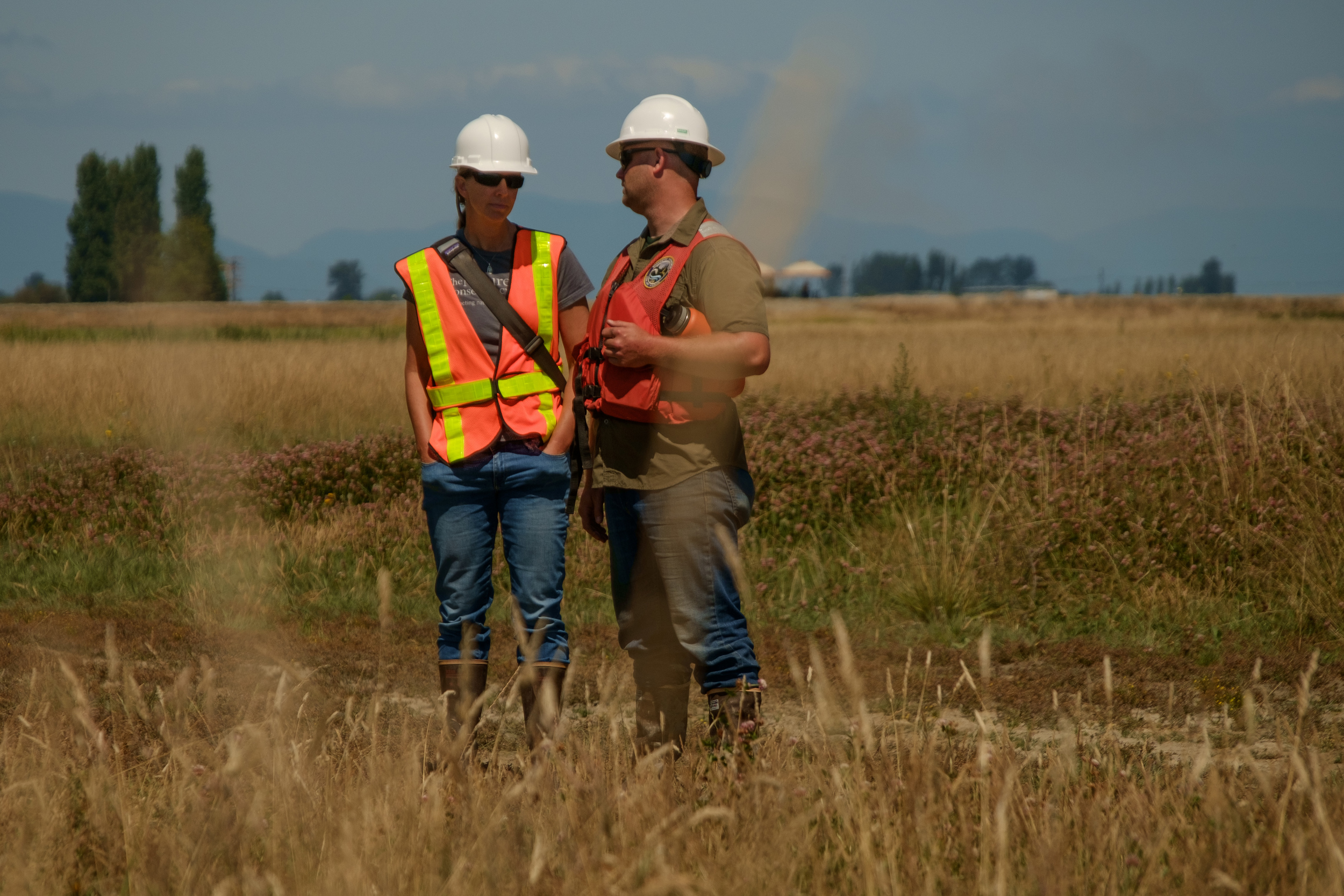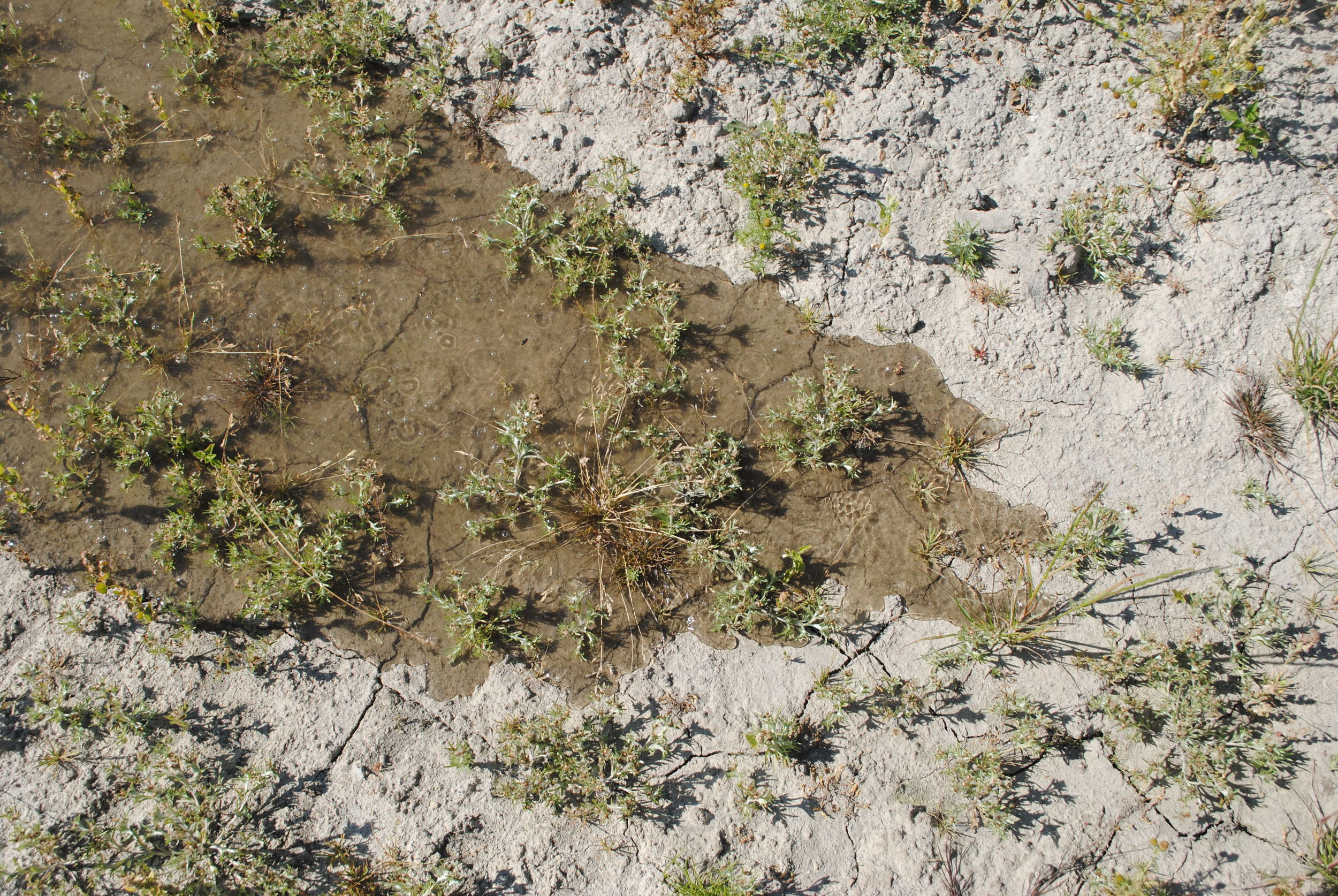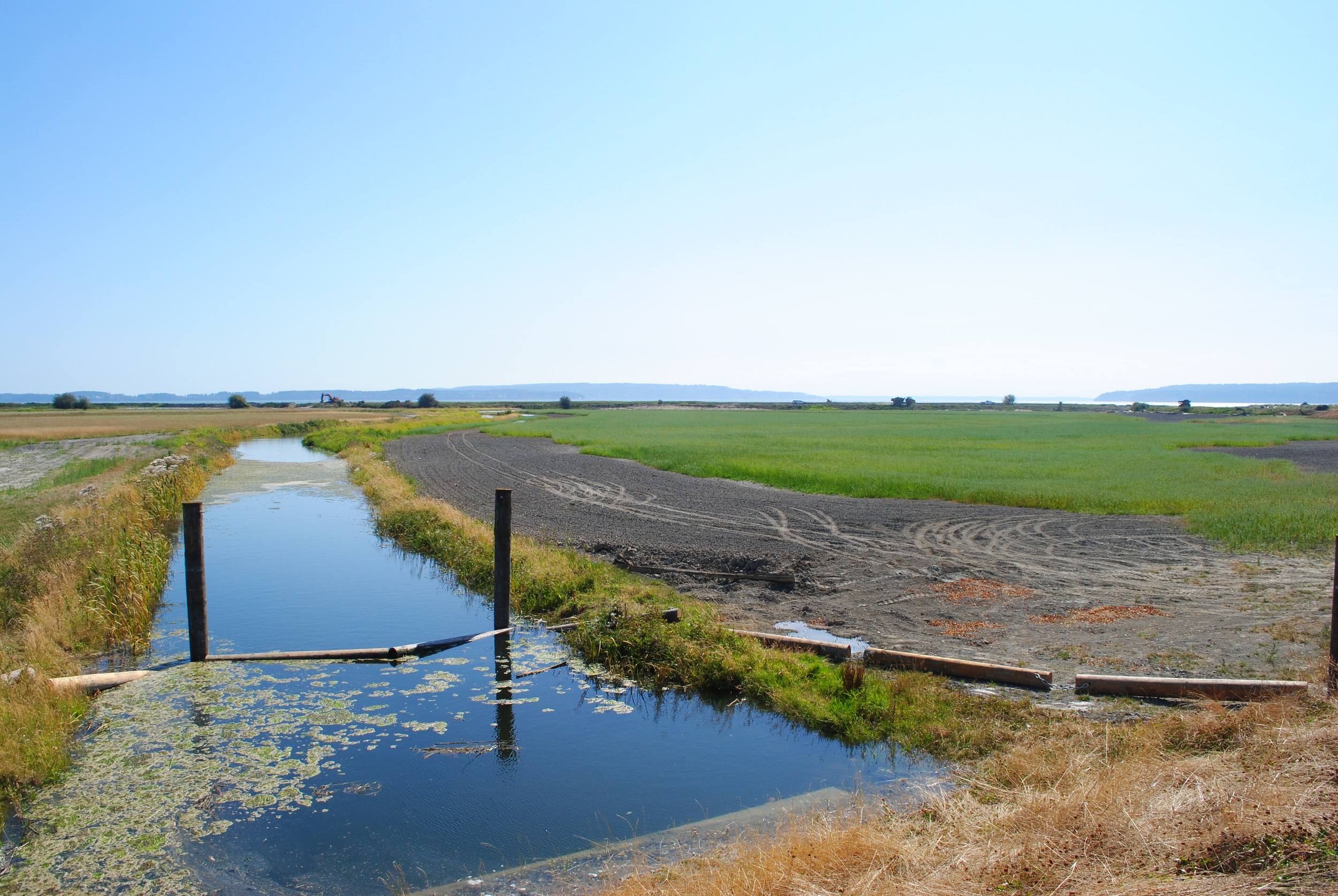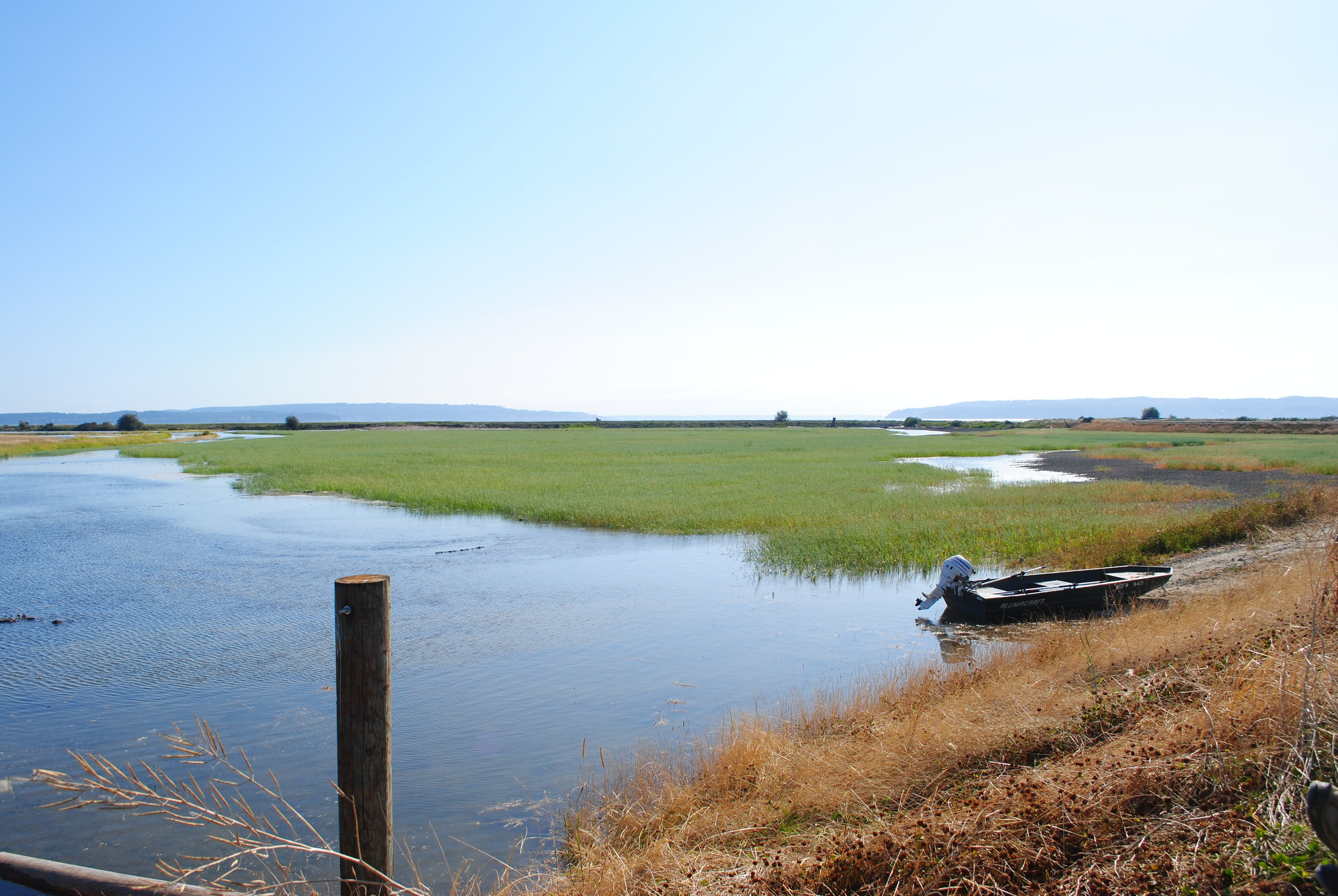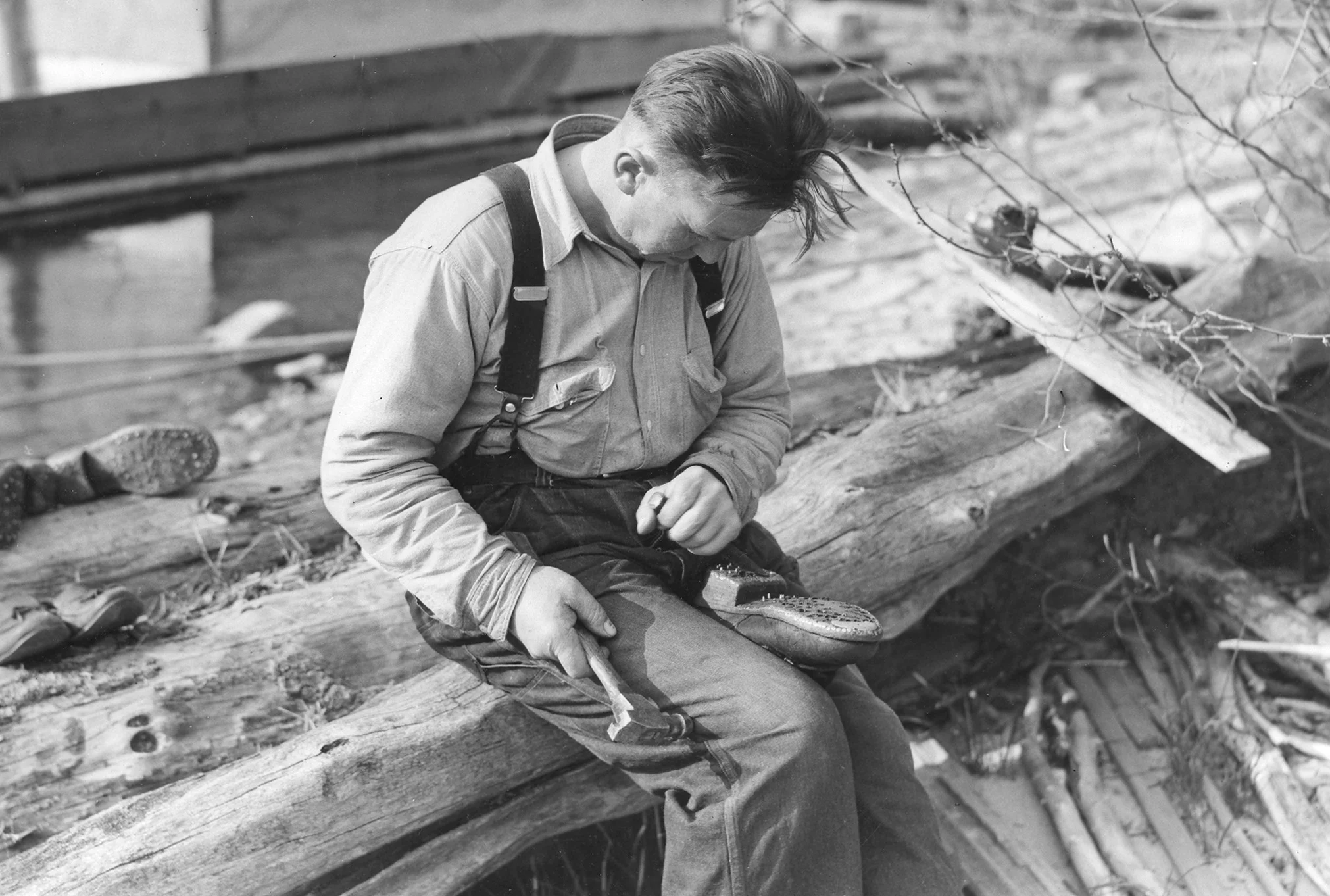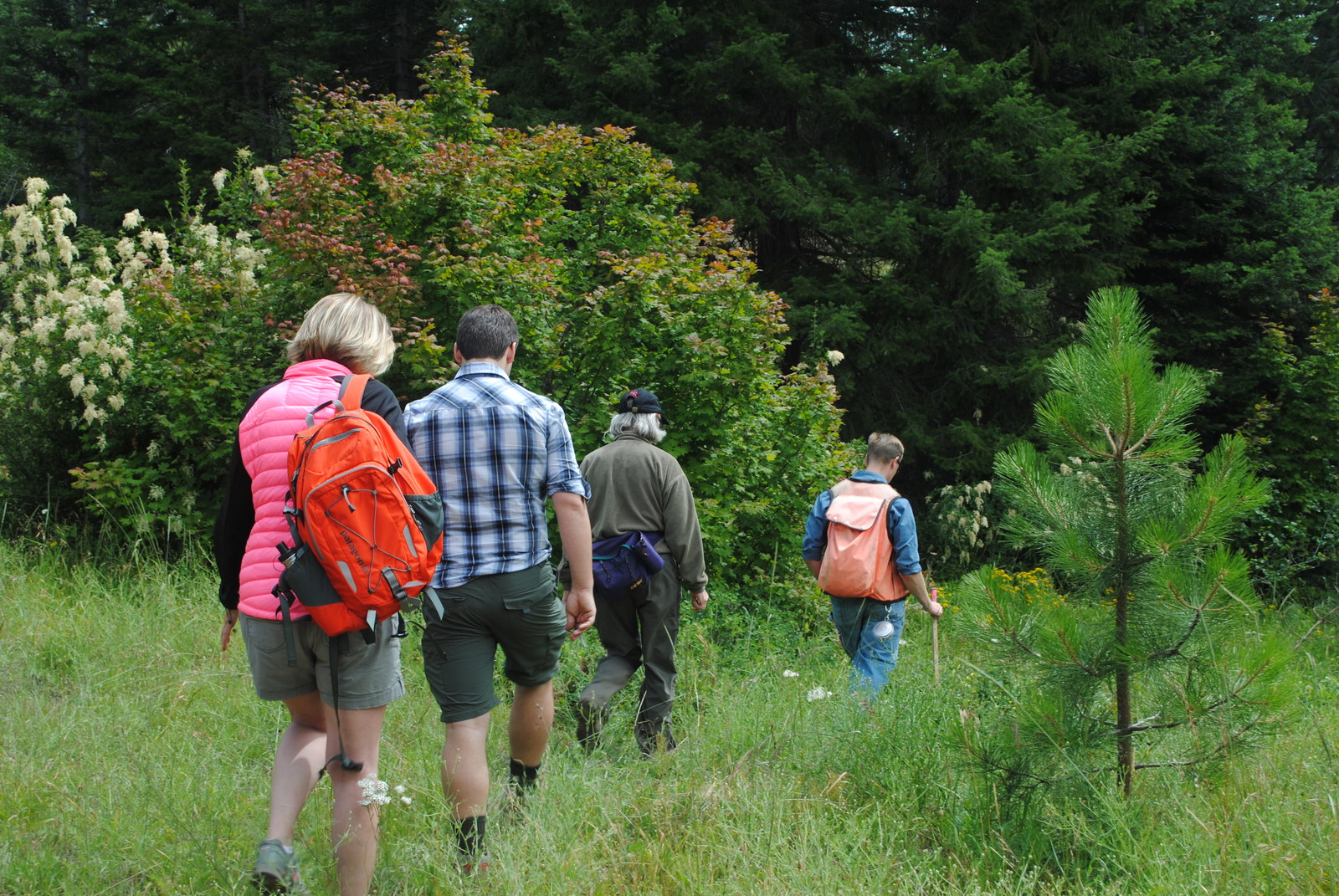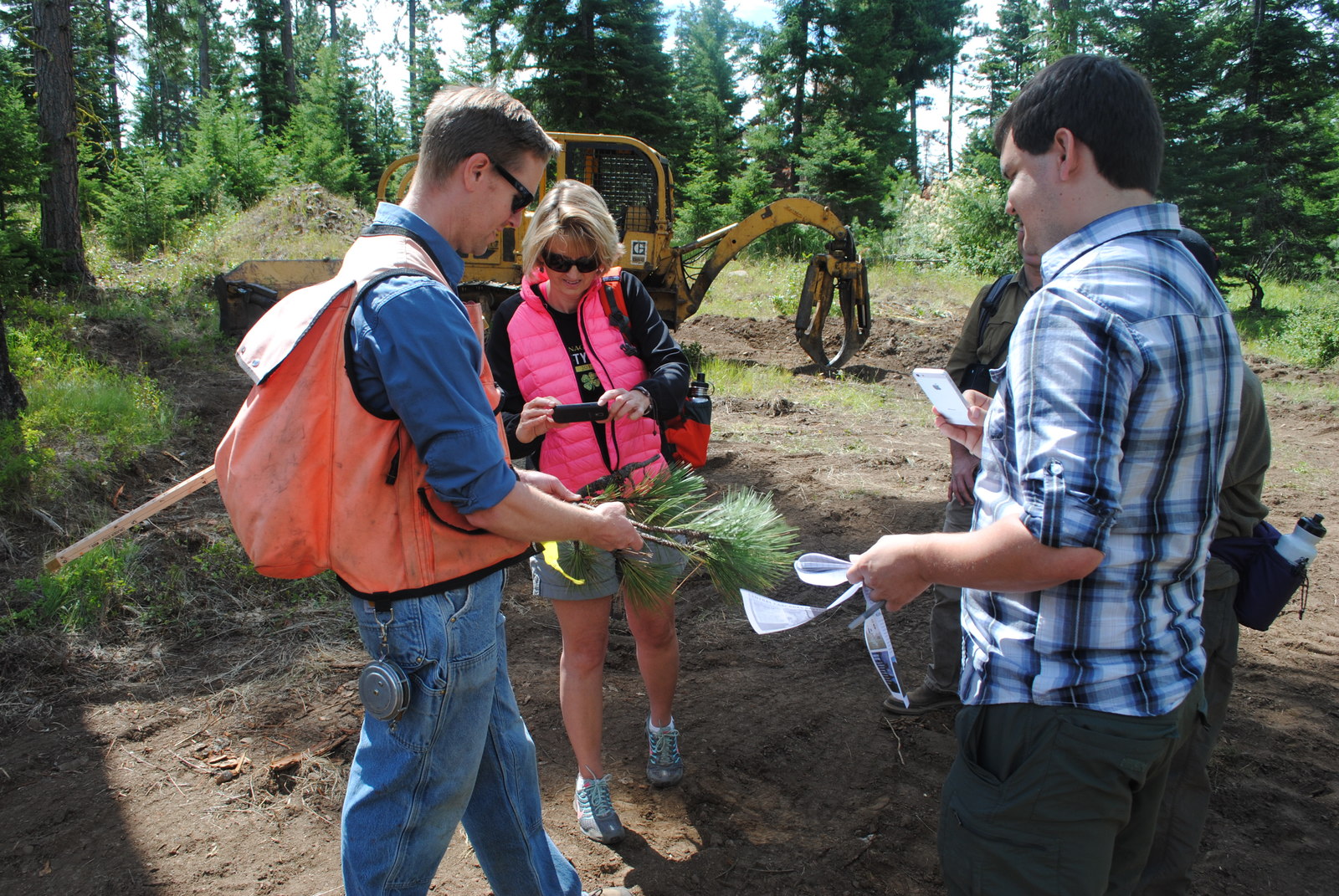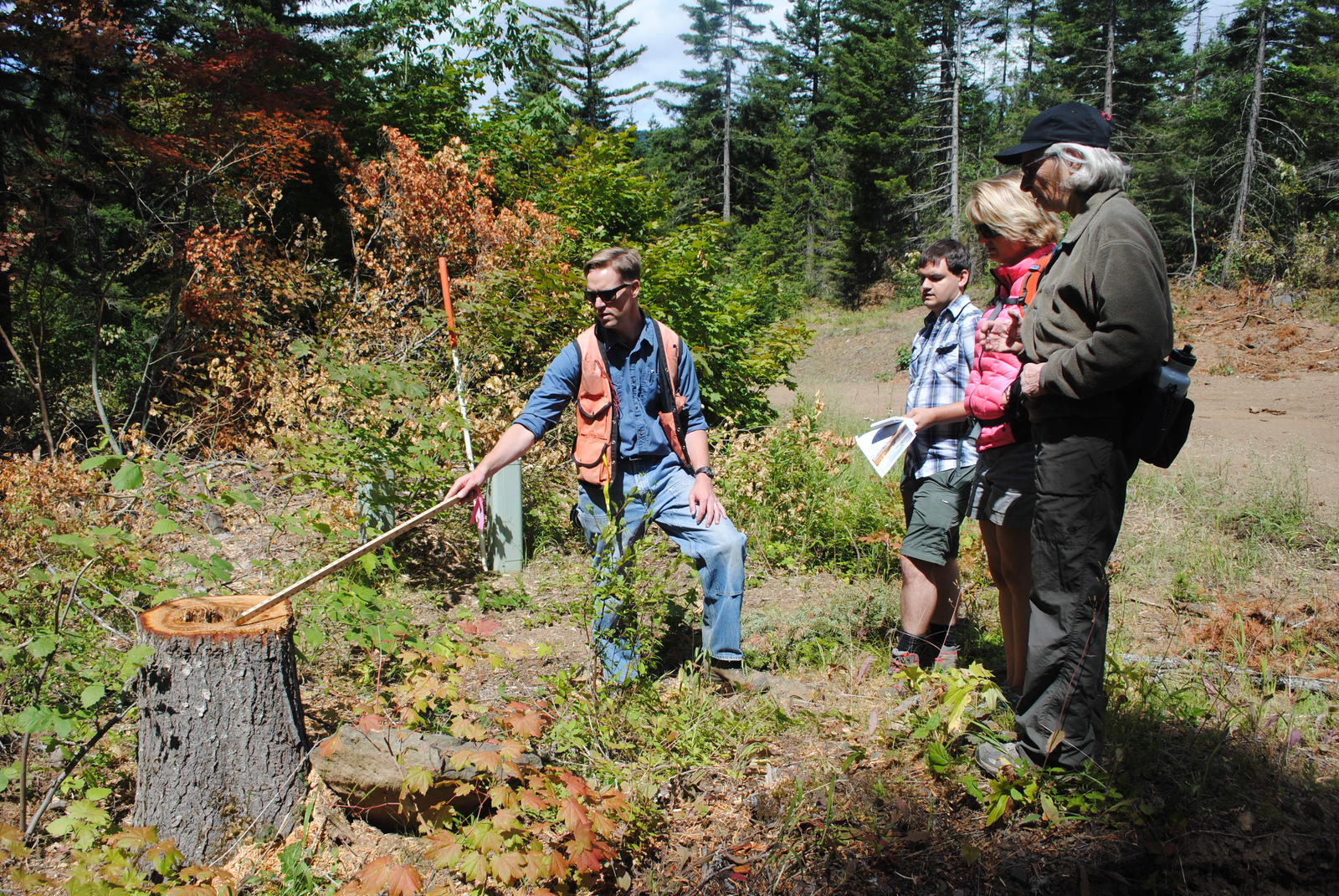Drones have emerged as a groundbreaking tool extending our reach beyond the limits of human exploration. While many are familiar with seeing the possibilities in adventure photography or package delivery, the use of drones in conservation has become increasingly creative for those both out in the field and in the lab.
When Restoration Gets Explosive
Using dynamite for restoration may seem like a paradox, but at TNC’s Port Susan Bay Preserve, we explored dynamite as a way to create estuary channels. The inspiration behind this method was to see if explosives could reduce the ecological impact of channel creation in comparison to using heavy machinery.
Where the Water Meets the Sea
KCTS9-Crosscut interviews Dr. Emily Howe, Aquatic Ecologist at The Nature Conservancy for their “Human Elements” series where Emily talks about her personal connection to marshes and how she is working to restore these unique—and messy—ecosystems.
A River Way of Life
Video produced by Caravan Lab
Our river and floodplain ecosystems are an essential part of life. These systems are home to protected fish and wildlife. They are the places we go to enjoy natural beauty and outdoor recreation. But did you know flooding is becoming more frequent and severe, putting communities, wildlife, and livelihoods at risk. Watch the video above to learn more about the importance of our river systems and why restoring these regions is vital for people and nature.
Visit floodplainsbydesign.org
Collaboration Works for Forest Restoration
Written by Lloyd McGee, Eastern Washington Forests Program Manager
Stewardship project launched in the Colville National Forest.
Last week we celebrated with Congresswoman Cathy McMorris-Rodgers to kick off an innovative forest stewardship project in the Colville National Forest. This first of its kind stewardship partnership between a national forest and a private company is a pilot aimed at restoring the 54,000-acre Mill Creek watershed—a beloved area near Colville that’s been well-used by people for a century.
Vaagen Brothers Lumber (VBL) will carry out forest treatments on more than 17,500 acres of this landscape. By removing smaller trees and leaving the big ones, this project will reduce the threat of wildfire while at the same time supporting local jobs, as small-diameter timber is harvested and processed by Vaagen Brothers.
But it’s not just harvest—these are complete forest restoration projects that include forest thinning and controlled burning to reduce forest fuels, restore streams and riparian zones, repair roads and close some roads harmful to fisheries and water quality, and restore wildlife habitat. No old growth trees will be cut.
Congresswoman McMorris-Rodgers has been instrumental in laying the groundwork for this project, working with stakeholders and the Forest Service to develop this public-private approach that enables the private sector to fund the presale environmental requirements, carried out here by Cramer Fish Sciences.
This approach was developed by the Northeast Washington Forestry Coalition, or NEWFC, of which The Nature Conservancy is a member. NEWFC is an alliance of timber companies, conservationists, business owners, tribes and forest professionals.
Work on the A to Z began last week after an onsite ceremony Aug. 12 with Congresswoman McMorris-Rodgers, VBL President Duane Vaagen, VBL Vice-President Russ Vaagen, VBL Resource Manager Josh Anderson, Lloyd McGee from the Conservancy and NEWFC, NEWFC Executive Director Gloria Flora, Stevens County Commissioner Steve Parker, Colville National Forest Supervisor Rodney Smolden and other local community members. Sen. Maria Cantwell has also supported this project. She was unable to attend the Aug. 12 ceremony, but visited the area the day before and met with stakeholders.
Learn About Our Forestry Work
Witnessing Change at Fir Island Farm
Written & photographed by Julie Morse, Regional Ecologist
For thousands of years it was an estuary. Then for 100 years it was farmland. Now, it’s estuary again.
More or less halfway between the mouths of the North Fork and the South Fork of the Skagit River, Fir Island Farm sits on the edge of Puget Sound with stunning views of Mount Baker. For the last 100 years it has produced potatoes, corn, wheat and other crops and drawn visitors from far away every winter to see the flocks of thousands of Snow Geese that congregate here in the winter
The Skagit River itself defines this place. It’s the largest river entering Puget Sound, fed by the glaciers of Mount Baker and the North Cascade peaks it supports all five species of Pacific Salmon. For Skagit’s Chinook Salmon, a threatened species protected under the Endangered Species Act, estuary habitat at the mouth of the river is a limiting factor in their recovery. Tidal marsh habitat here is a quarter of what it was historically. The Fir Island Farm restoration of 131 acres alone is projected to increase smolt production by at least 65,000 every year.
From a farmer’s perspective, it’s always painful to see farmland lost, whether it’s for salmon restoration or development of a new sub-division in rural areas – the impact on their bottom line is the same. Farmer’s need a critical landmass to maintain a viable economy, and particularly in the Skagit -located halfway between Seattle to the South and Vancouver to the North, development pressure in recent years has encroached from all directions. Add the importance of the Skagit estuary for salmon recovery projects, and combined the pressures on this prime lands are enormous.
And yet, local farming groups support the Fir Island Farm restoration because the project design includes critical improvements to their infrastructure. A state-of-art pump house and new setback dike will provide improved drainage capacity and flood protection for future sea level rise and storm surge conditions thus serving as a model for much of Western Washington. This project is also supported because it enables the local diking districts’ to make repairs and do maintenance on their flood and drainage systems. It also prioritizes restoration of state owned public lands, rather than private farmland.
The Fir Island Farm restoration project is a model of TNC’s approach to conservation and restoration in the complex and populated landscapes of Puget Sound. Not only does the project design include drainage and flood improvements for local farmers, it also retains a portion of farmland to manage for Snow Geese. The project design accommodates future sea level rise and is designed to protect the adjacent lands from coastal storm surge, is a model for adapting to climate change. Designing and implementing complex multiple benefit projects like this is no small feat; and our hats go off to WDFW’s Project Manager Jenna Friebel and her team.
Monday afternoon as we stood on the new dike and watched the first flood tide in 100 years return to Fir Island Farm, I think all of us TNC staff felt somewhat in awe, and incredibly humbled. Humbled to be alongside such a large group of partners - all who have had some piece in making the project happen. And in awe of how dynamic this place is. What we witness today is just a snapshot in time; it’s a work in progress.
Now it’s time for Mother Nature to take over. To start excavating new channels and bringing in large wood to create habitat complexity for salmon fry, to restore sediment flow that will create rich muddy intertidal stopover sites for migratory shorebirds, and continue restoring this incredible piece of the Skagit estuary.
LEARN MORE ABOUT SKAGIT VALLEY
Stream Side for Conservation
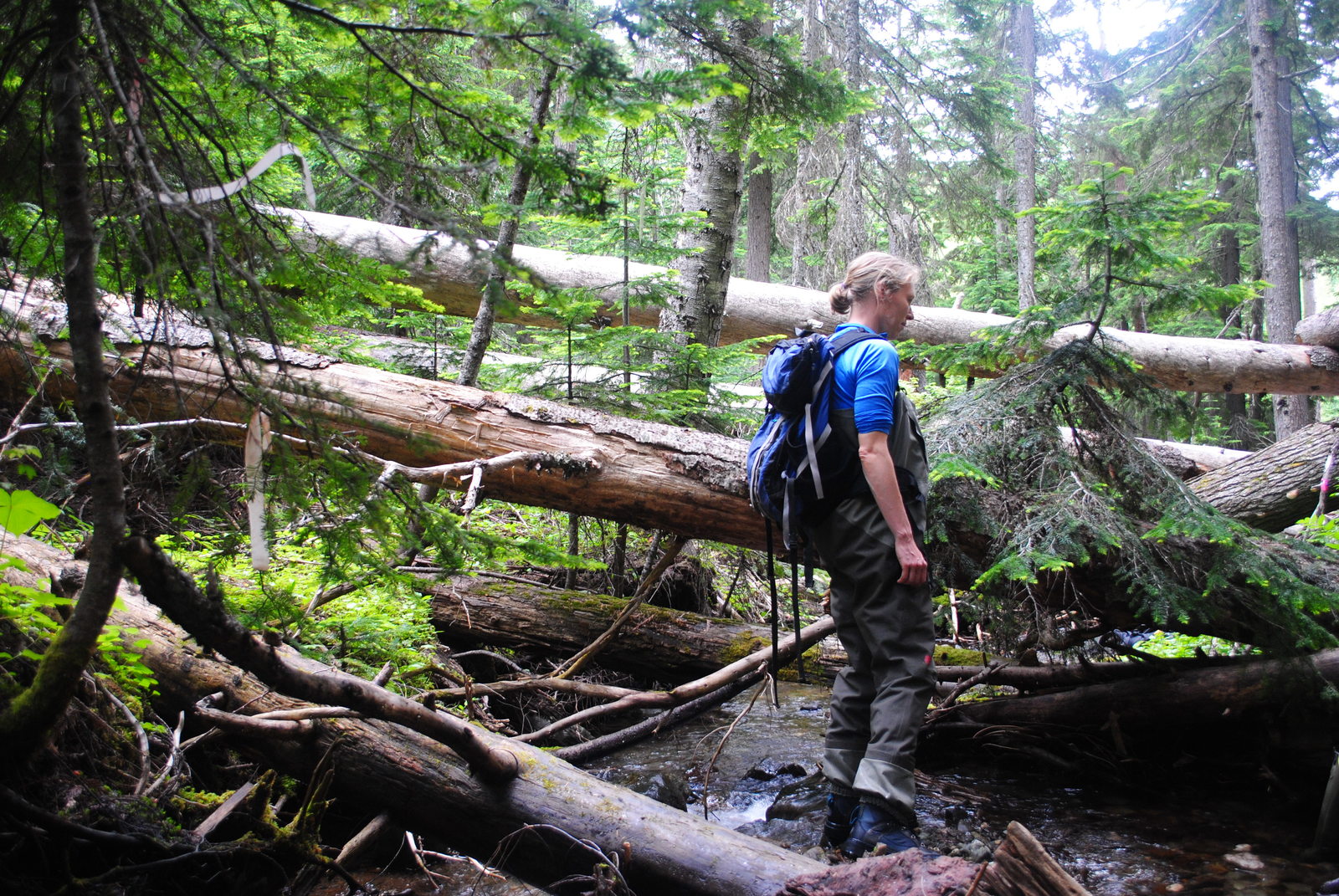
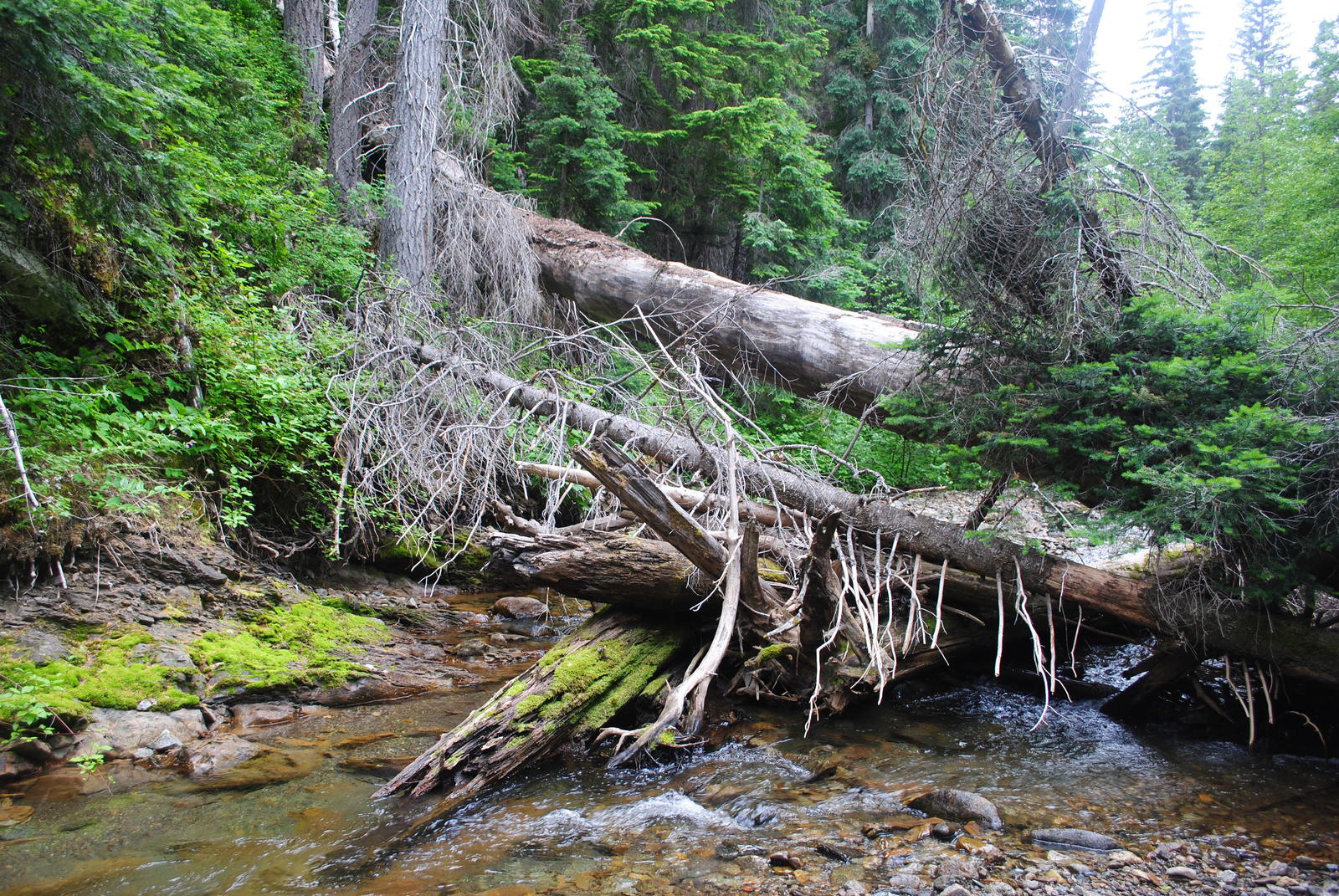
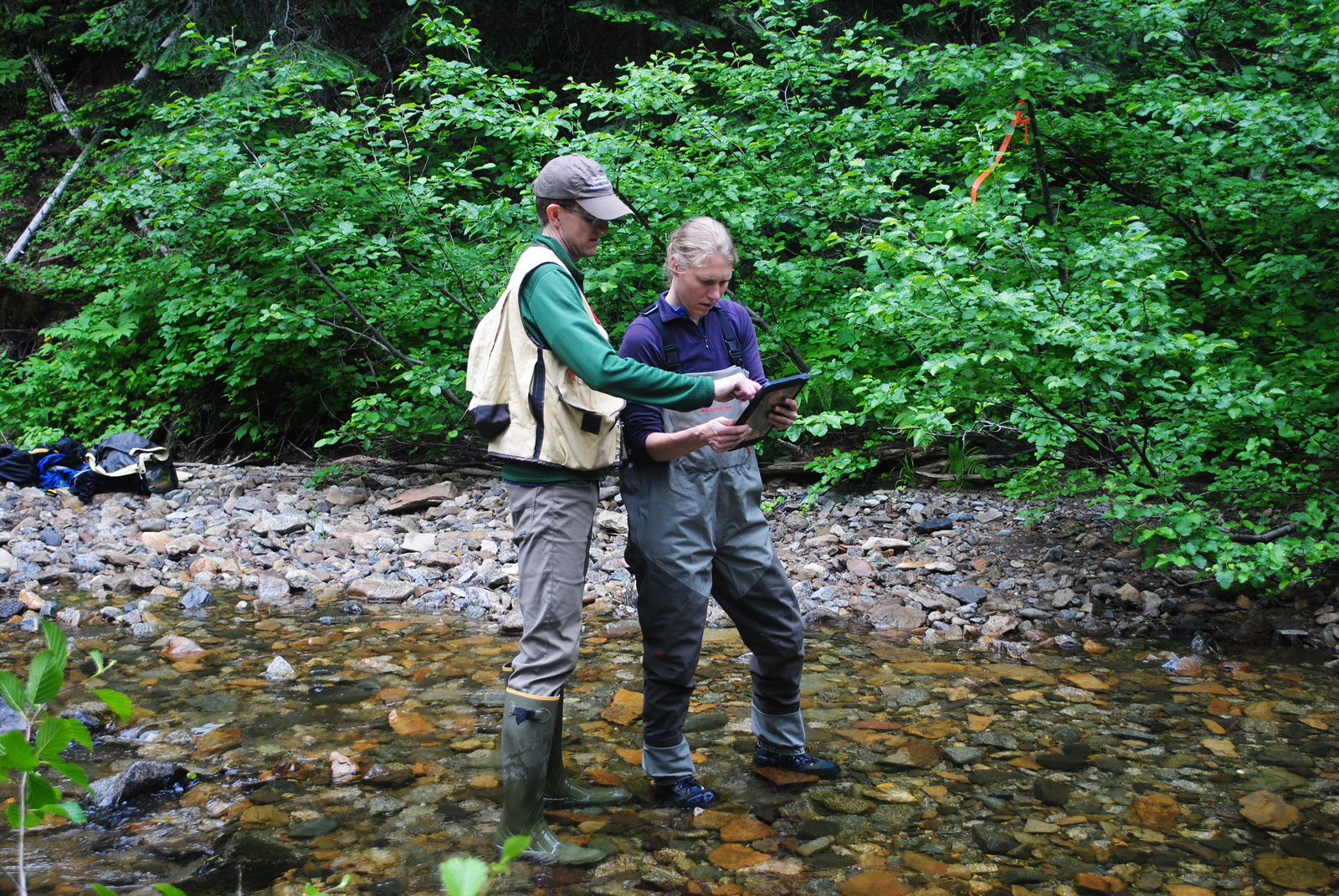
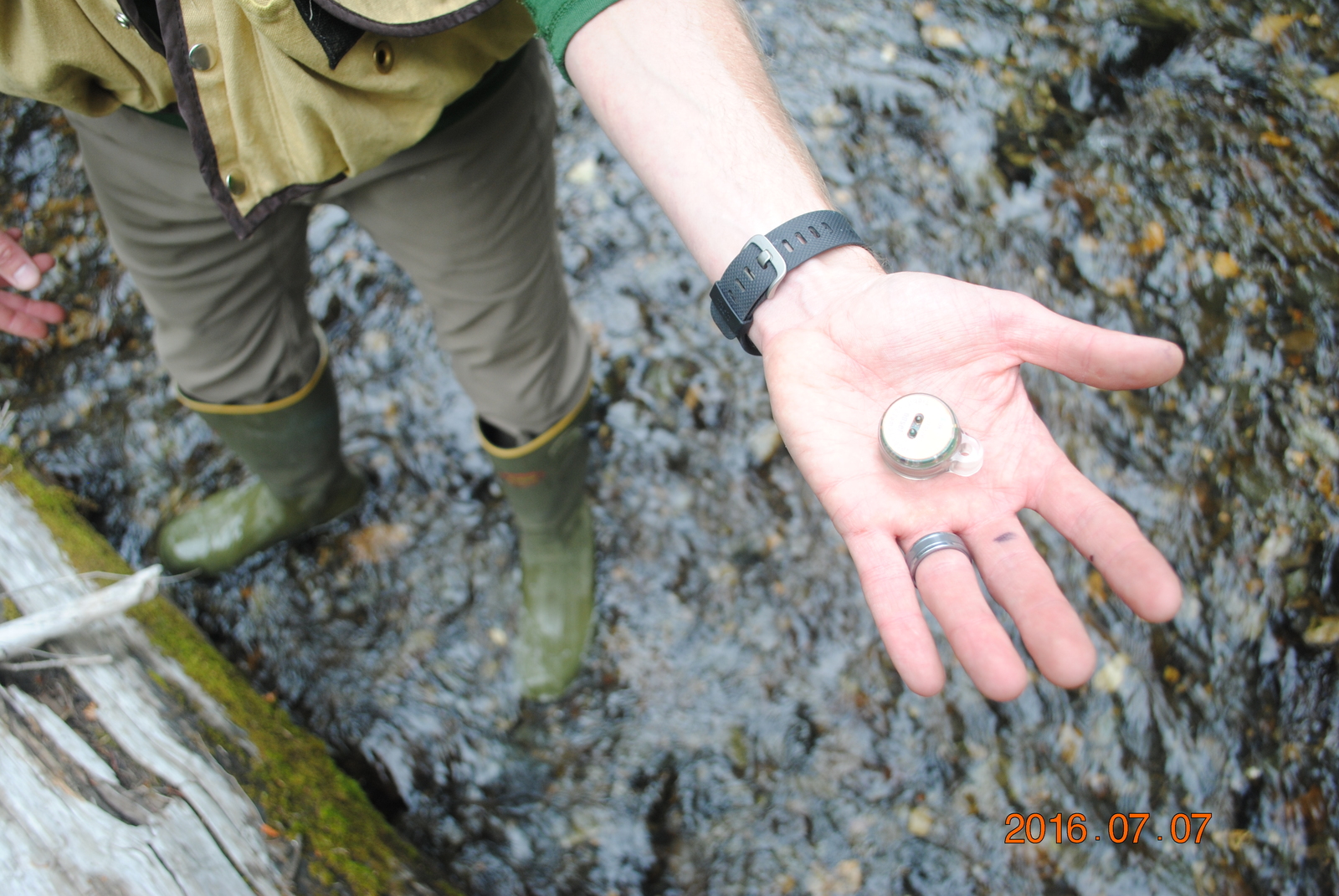
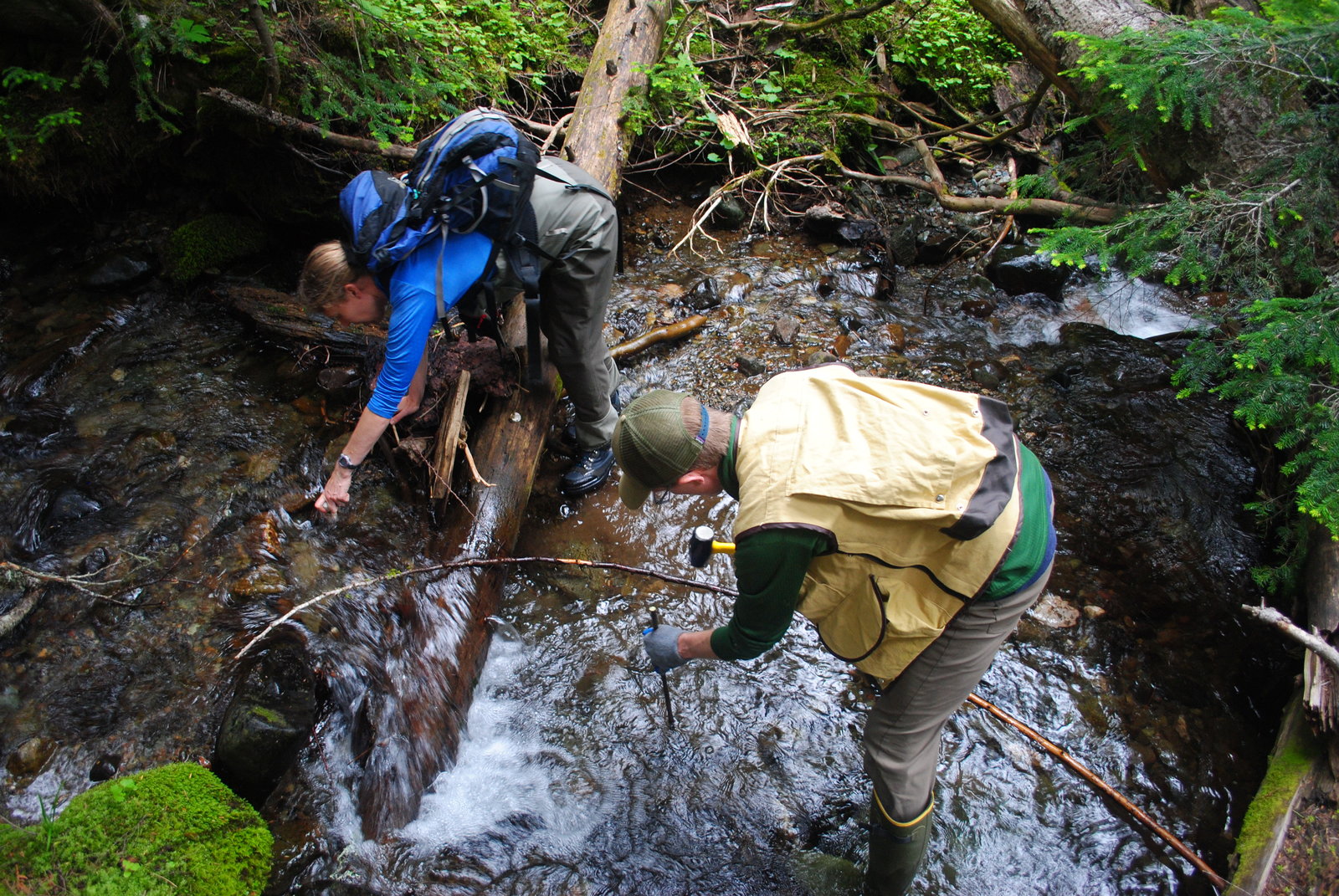


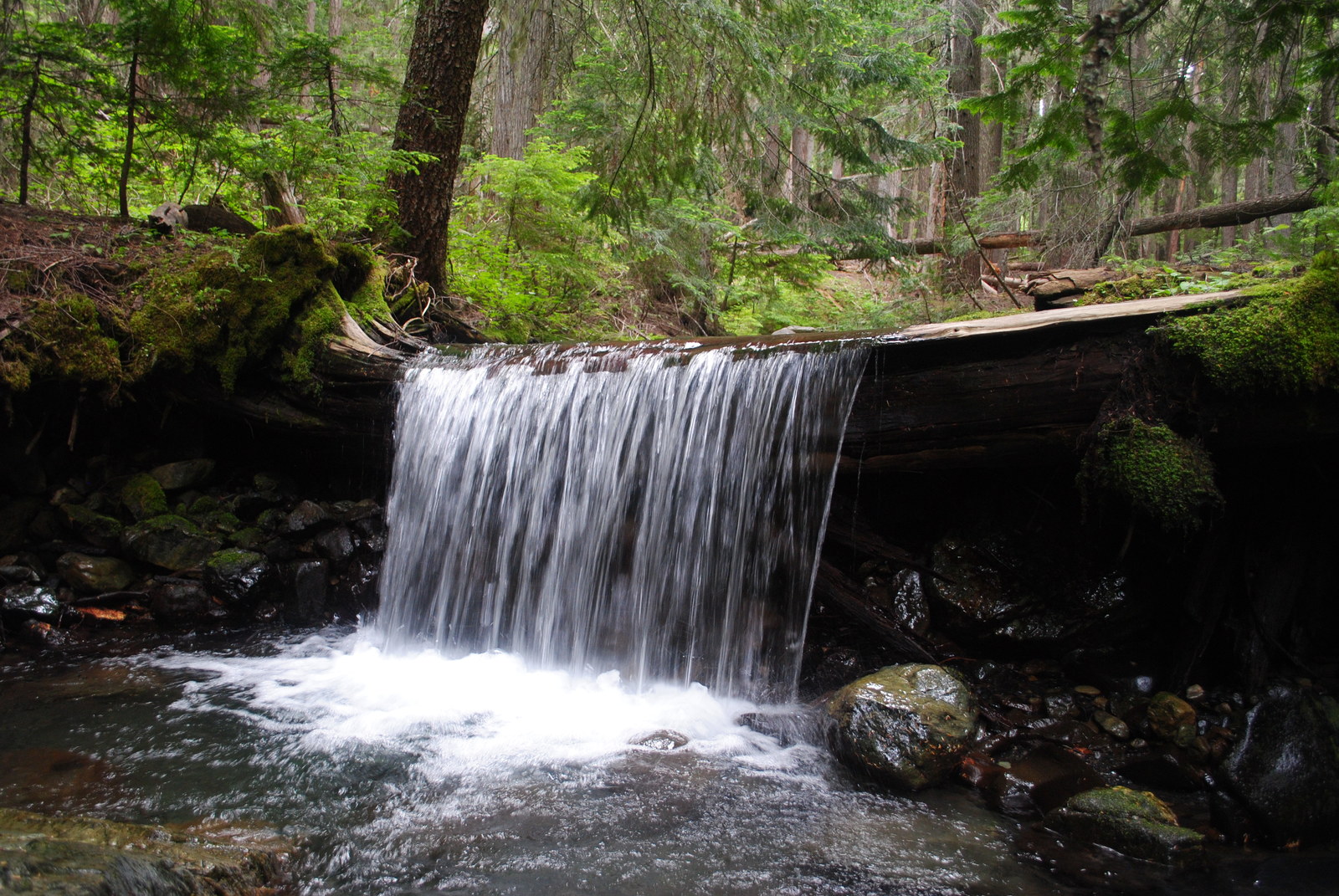
Written & Photographed by Zoe van Duivenbode, Marketing Intern
Another day in the field found Nature Conservancy staff on an adventure in search of GPS locations scattered throughout our Taneum Creek property in the central cascades. In order to continue previous years of stream temperature data collection, TNC’s aquatic ecologist, Emily Howe, and senior forest ecologist, Ryan Haugo, put on their waders and rain boots and embarked on a bushwhacking, log climbing, upstream mission.
By recording stream temperature, our scientists can determine what impact surrounding land use has on nearby stream habitats and can track short-term and long-term temperature fluctuations. Monitoring stream temperature is important because it influences the health, abundance and habitat suitability for fish and other aquatic life. Fish species, such as steelhead and bull trout, were historically present in central cascade streams and as a part of TNC’s conservation plan, our scientists aim to continue data collection which will help guide restoration treatments and protect endangered fish and wildlife species. Check out the slideshow above to follow our day in the field!
Celebrating Forestry Innovation
Written & Photographed by Zoe van Duivenbode, Marketing Intern
Over the weekend, we invited our members on a tour of one of our central cascade properties to showcase our current restoration project! Nature Conservancy staff Brian Mize, Field Forester, and Reese Lolley, Director of Forest Restoration, shared the ecological history of the central cascade forests and how a combination of variables resulted in a change in forest structure and function. Mize guided us around the property to paint a picture of some of the restoration challenges he faces when managing this property. He touched on the importance of wildfires, the change in tree species and his strategy in creating fire resilient forests for the benefit of people and nature.


























